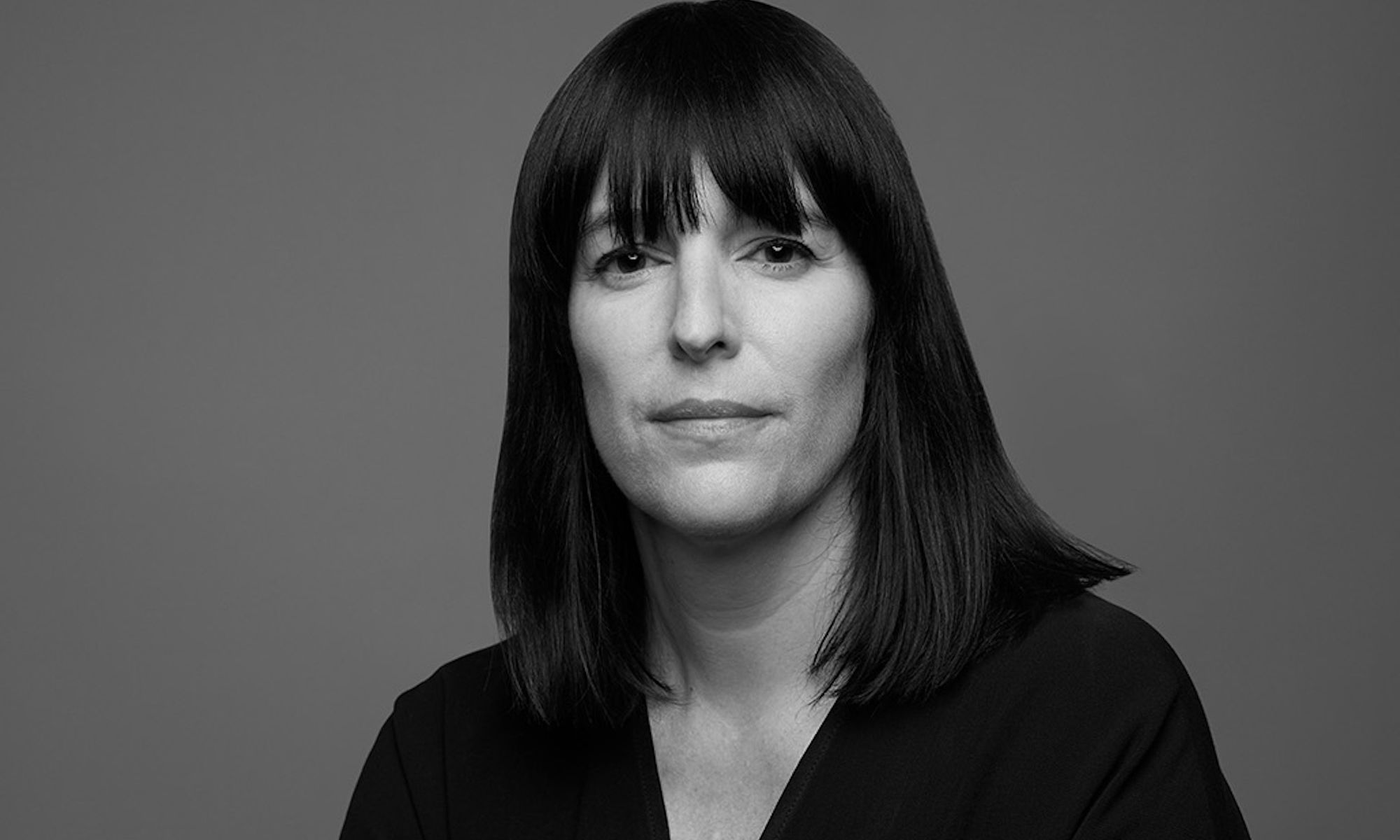Eva Respini, the new deputy director and director of curatorial programmes at the Vancouver Art Gallery Photo by Ian Lefebvre, Vancouver Art Gallery.
The Vancouver Art Gallery (VAG) has hired closely-watched curator Eva Respini to be its new deputy director and director of curatorial programmes. Respini announced in May that she would step down as chief curator at Boston’s Institute of Contemporary Art; she had previously served as curator of photography at the Museum of Modern Art (MoMA) in New York. She will assume her new role in Vancouver on 1 August.
Respini replaces Diana Freundl (now a senior curator), who was one of several interim chief curators after Daina Augaitis retired in 2017 following two decades in the role. Anthony Kiendl, chief executive and director of the VAG, noted that Respini’s global outlook as a dual citizen of Norway and Italy “will bring an international scope to the gallery’s ambitious plans and help us to transform as we move to our new purpose-built facility expected to open in 2028”.
Respini’s curatorial career—which included curating and co-commissioning Simone Leigh’s exhibition in the US Pavilion at the 2022 Venice Biennale—has spanned continents. Among her many notable exhibitions are surveys of Lebanese artist Walid Raad (in 2015) and iconic American photographer Cindy Sherman (in 2012), as well as the major thematic show When Home Won't Let You Stay: Migration through Contemporary Art (in 2019).
Respini says she sees Vancouver as a “crossroads”and that she’s interested in exploring “stories of narratives rooted in other geographies that are connected to the local”. To that end, she says, she will follow the VAG’s current curatorial trend, citing the exhibition of work by renowned Iranian-Canadian artist Parviz Tanavoli, whose opening earlier this month drew “a big show of the Persian community who felt very celebrated”.
Respini has spoken in the past of the “power of the periphery”, and says she is “impressed that Vancouver has carved out its own space to produce amazing artists and art presented on the world stage”, mentioning Stan Douglas and his recent exhibition in the Canadian Pavilion at the 2022 Venice Biennale.
Respini, who included Vancouver’s Scott McFarland in the New Photography show she curated at MoMA in 2007 and contributed to the catalogue for his VAG show in 2009, has long been a fan of the city that birthed photoconceptualism in the 1970s. “The art scene here is rigourous in terms of discourse,” she says, “due to the artists who are also teaching, the artist-run spaces and the notable publications.” She sees her new home as an “extremely diverse, Pacific Rim city, poised toward the future rather than looking back at the past”.
While it’s early days to speak about specific programming, Respini said she will continue her trajectory of championing underrepresented artists. “What you’ll see is similar to what I’ve done before—first and foremost in addressing the urgent questions of our time—from which we can start to parse and understand our moment.” These urgent questions include “climate change and our planet in peril”, as well as “artists’ notions of identity”.
“The VAG already has a DNA of overlooked narratives,” she says, mentioning the gallery’s important collection of works by Emily Carr, the celebrated Canadian artist who was not recognised in her lifetime. “She was an artist deeply invested in landscape and the environment and there are dialogues that could be forged in terms of our contemporary moment.”
Respini says that in general Vancouver and Canada—compared to the US—enjoy more government funding for “non-commercial art” as well as leadership on issues of indigeneity, and she’s keen to see how these ingredients will factor into her work, especially as the VAG embarks on a major construction project.
Rendering of the Vancouver Art Gallery © Herzog & de Meuron
The new gallery designed by Herzog & de Meuron, scheduled for completion in 2028 and over a decade in the planning and fundraising, was a key factor in Respini’s decision to take on her new role. “There are very few opportunities in the field where you can build things from the ground up, and there is great potential for the museum to be one that can and should be in the 21st century—open and part of the fabric of Vancouver.”
Praising “the tenets of the programme built into the architecture”, she cites important elements of the design including “free, non-ticketed spaces open to the public, collaborations between the architects and Coast Salish weavers, and many other collaborations designed into the building.”
She adds, “That’s what making shows is all about—being collaborative, open and transparent. This is symbolic and emblematic of what the vision for the new gallery will be: porous, bold and embracing of everyone.”

